Liège. Come for the beer, stay for the scene
a report by Arthur Cordier
During the course of a three months residency, I had the opportunity to become familiar with Liege’s artistic climate. The city characterizes itself by a raw, borderline-punk exuberance, in addition to its unique urbanistic ‘attitude’ – a.k.a chaos: Liège is surprisingly invigorating! Be it through its up-and-coming contemporary art scene, its dedicated alternative music venues or its crossbreedartist-initiatives, all enhanced by people’s warm-hearted generosity, Liege is a city that grows on you…
Here’s what happened.
While it is also known as Luik (in Dutch) or Lüttich (in German), Liège is a French-speaking Belgian city located at the crossroads of Maastricht and Aachen. For many visiting Liege, a 33 minutes train hop from Maastricht, the journey starts at its grandiloquent central station Lieges-Guillemins – an impressive yet seemingly oversized edifice. The skeleton like and monumental metallic hall was designed by Spanish architect Santiago Calatrava, and remains since its inauguration in 2009 a striking landmark. Thesky-rocketing budget for an open-hall station impresses even more. The expected ‘modest’ cost of 100 million euro stripled during the course of its construction. Ironically enough the station faces the tax collector’s office building – Wallonia’s tallest building.
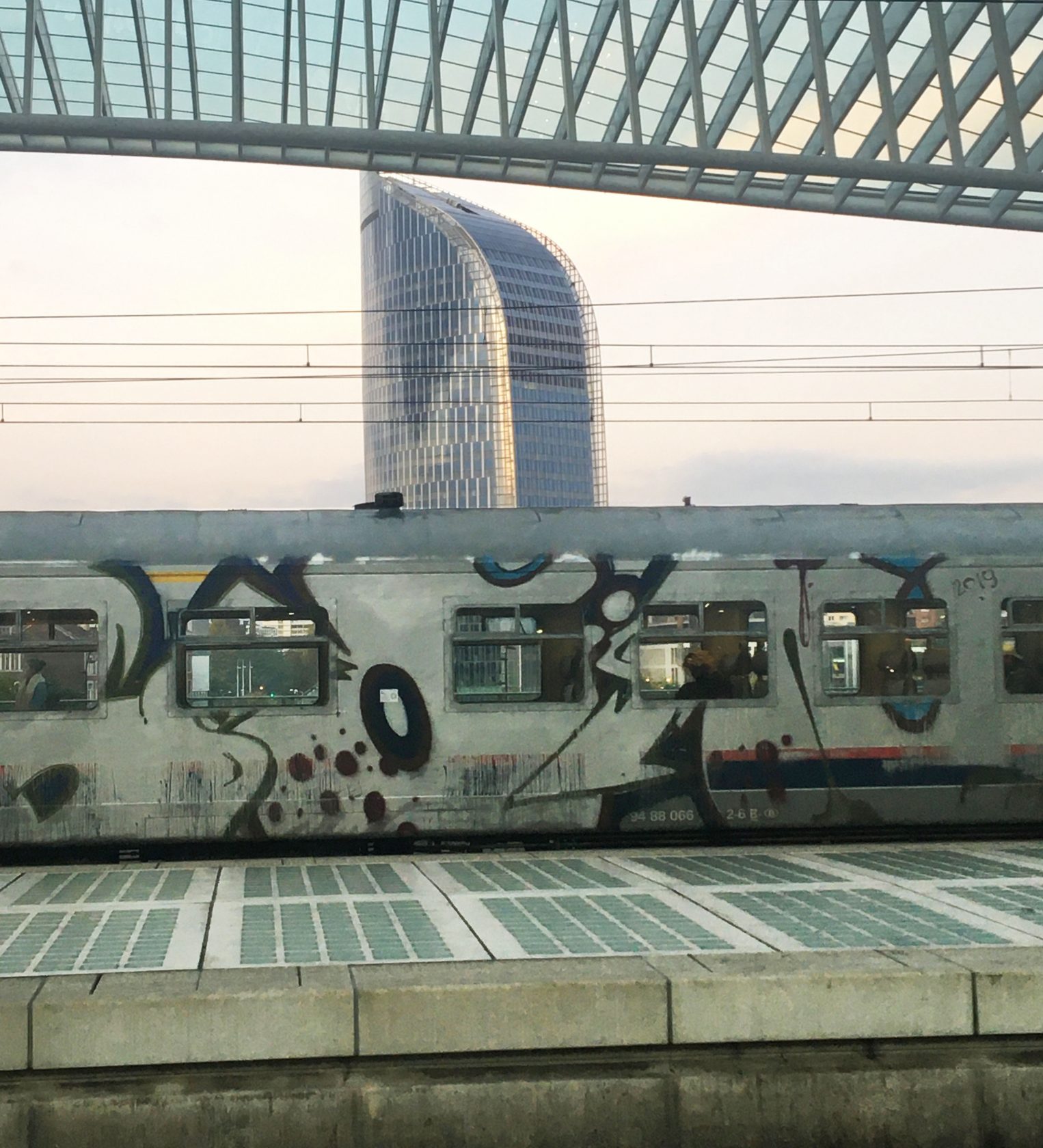
Hard to miss, the station worth a visit. A well-designed, clean and polished edifice that contrasts with the city which is characterized by urbanistic roughness. The city’s urbanism is still marked by a vivid industrial period and its former flourishing past. For those visiting for the first time, the city’s architecture feels frozen in time between decay and revival. A former architectural monometalism lives juxtaposed to present ambitions.
During the 19th and early 20th century, the Province of Liège’s was leading Belgian’s metallurgy and mining industry. The 129km long canal linking Liege to Antwerpen was inaugurated in 1939 allowing barges to reach both cities in approximately 18 hours.
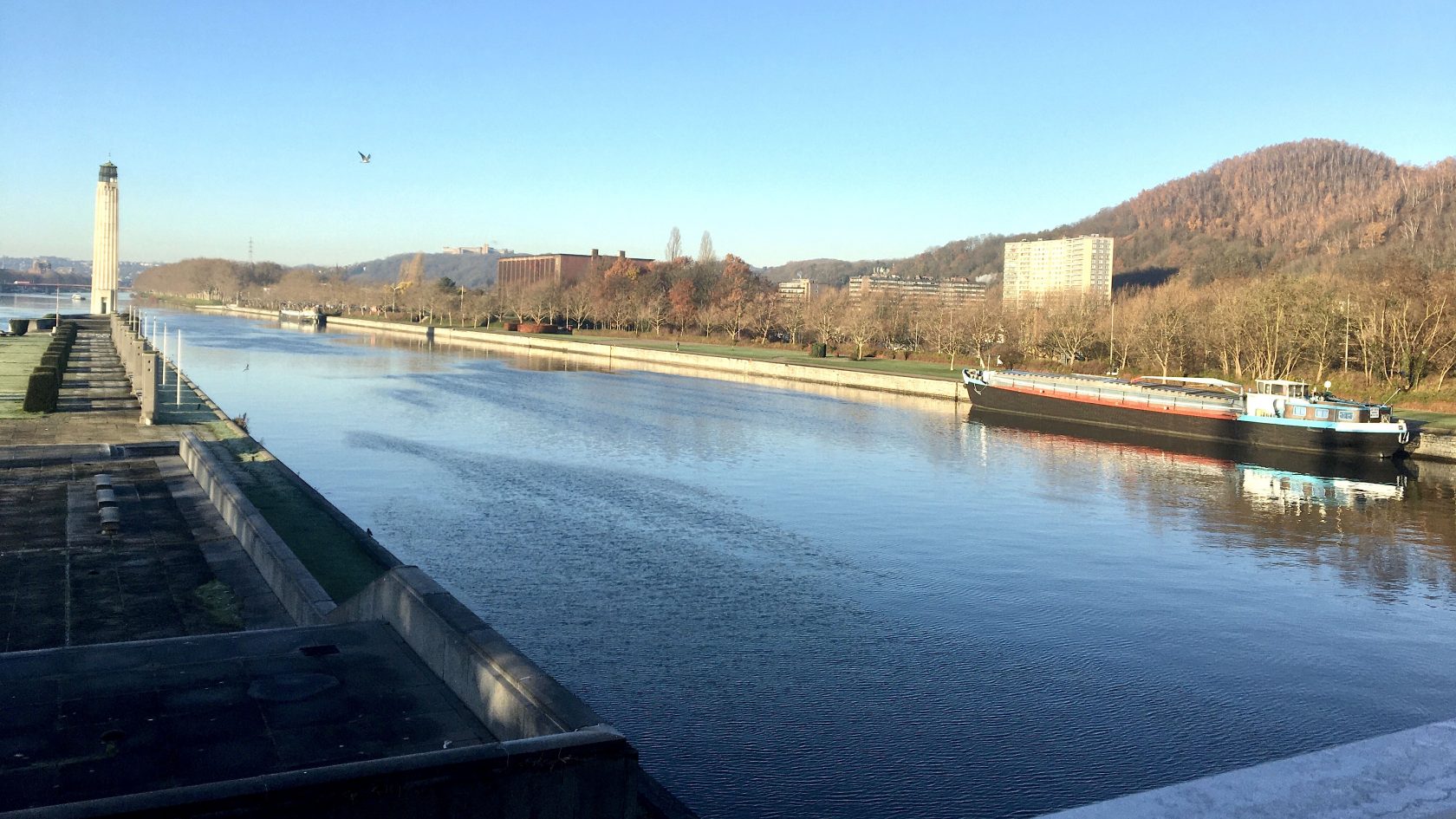
The esplanade facing the station guides the freshly arrived visitor to the Passerelle la Belle Liégeoise spanning across the river Meuse to land in the beautiful Parc de la Boverie and its eponymous Fine Arts Museum. Conceived for the 1905’s Universal Exhibition the museum’s park and building is not-to-be-missed, hosting historical and permanent collections.
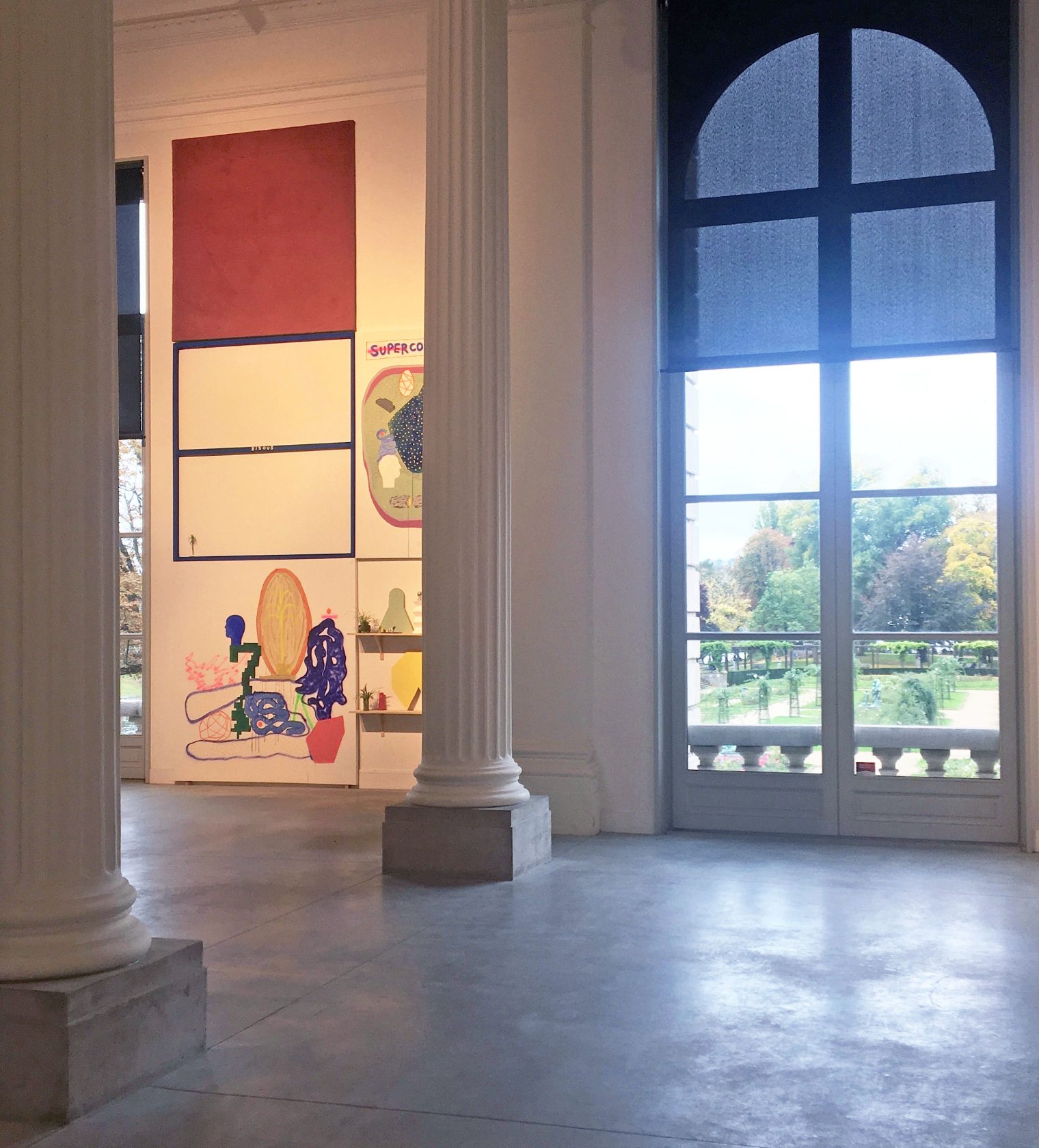
La Boverie hosts a considerable permanent collection. The art museum is at the forefront of promoting young artists by hosting the annual contest ‘Prix de la Creation’ and a permanent space dedicated to the city’s most promising contemporary artists. The ‘Prix de la Creation’ is among the few institutional supports offered directly towards young creation.

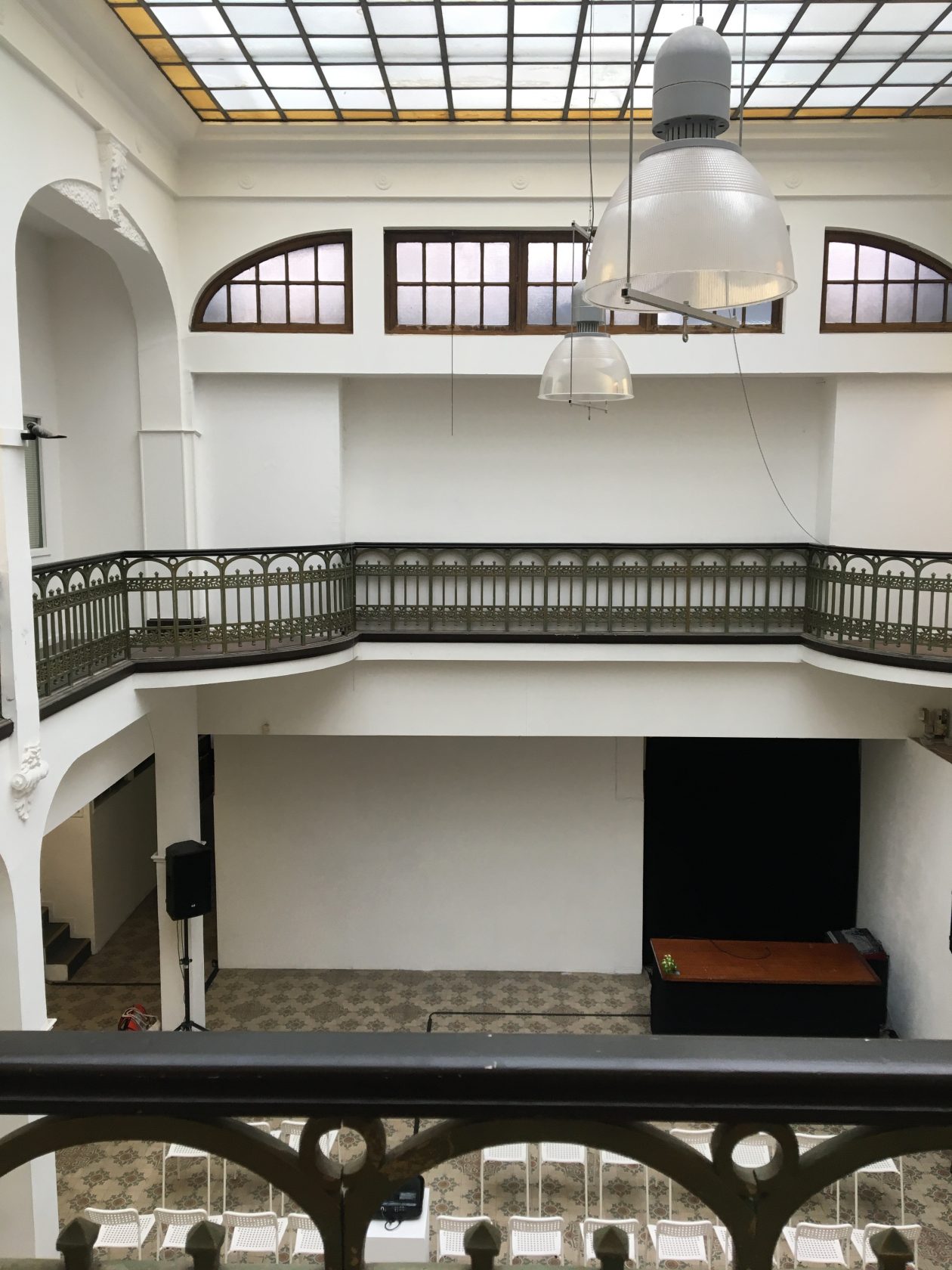
Les Brasseurs is an exciting artist-run space nearby Place Saint-Lambert in the center of the town. A beautiful building turned in art center in 1993. The team of four curators focuses on visual and performing arts as well as graphic design and film festivals. They give a great importance to the development of transdisciplinary collaborations. In 2018 and 2019, they invited S.M.A.K to present a part of its collection and new acquisitions to celebrate the 20th anniversary of the Ghent’s Contemporary ArtMuseum. Les Brasseurs also annually hosts the graphic design festival Fig., short-term exhibition cycles (Confluences#1 started with an exhibition by Simon Medard), larger monographic exhibitions, as well as the Vitrine Jeune Artiste. Definitely an art center to keep an eye on.
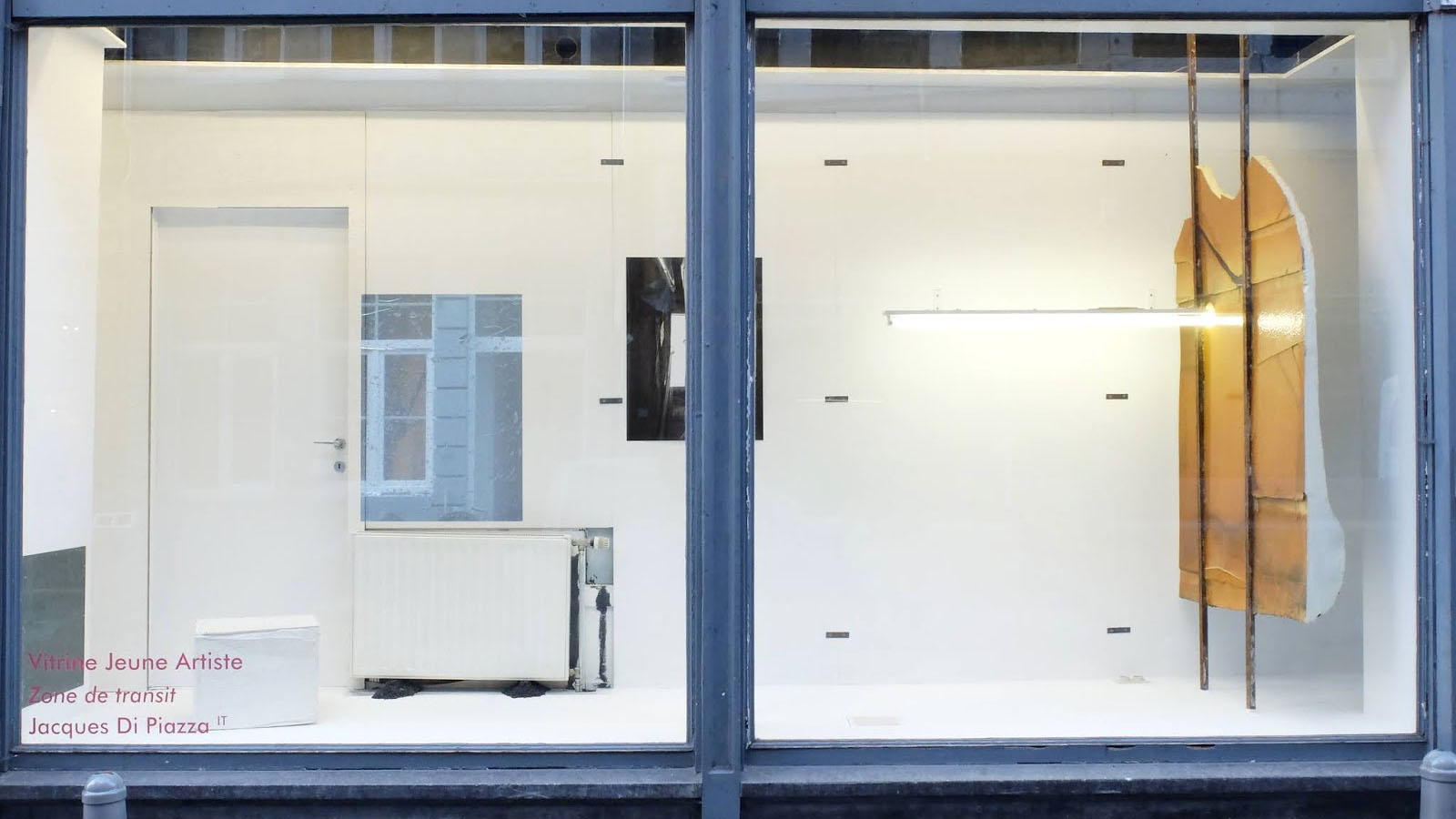
Liège mostly counts on its tight-knitted community, self-initiated and artist-run spaces, mostly clustered further around the Saint-Leonard district. The working-class neighborhood is well known for offering affordable spaces, easy-going cafes (don’t miss karaoke nights at Cupper Cafe) and its many artist-lead work and exhibition spaces.
Among the institutional supports, the residency program Résidences-Ateliers Vivegnis International (or RAVI) is a great entry point for artists of diverse horizons to develop new works and getting the grasp of the local scene. Artists are selected through a yearly call for applications, the next one being held in June 2020. The (very!) large working spaces as well as the apartments nearby are particularly well-suited for artist working in pairs, as it was the case for videographers Capucine Lageat & Antoine Perroteau and Maastricht-based artists Martha Volkova & Slava Shevelenko.
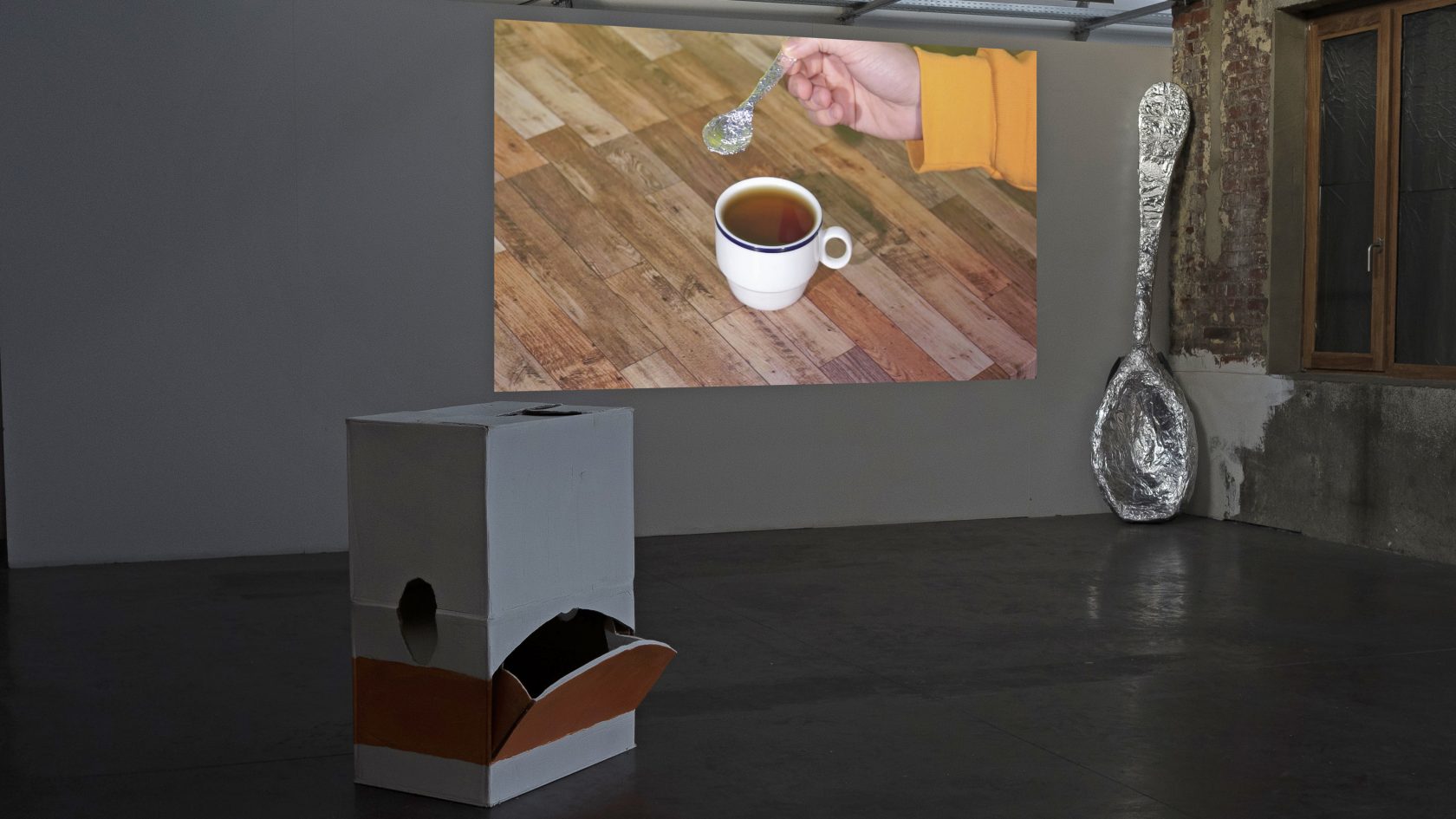
The residency focuses on contemporary drawing, photography, performance and sculpture. RAVI collaborates with the animation studio Camera Etc, which celebrated its 40th year of existence, to offering illustrators the opportunity to develop their project. This launched a fruitful collaboration between film producer Jean-Luc Stock and Brussels-based illustrator Boris Pramatorov, who’s preliminary drawings were exhibited at the residency during the Open-studio. In addition to this and for the past five years RAVI joins forces with AAIR Antwerpen to strengthen artistic exchange between both cities – linked by a canal hé.
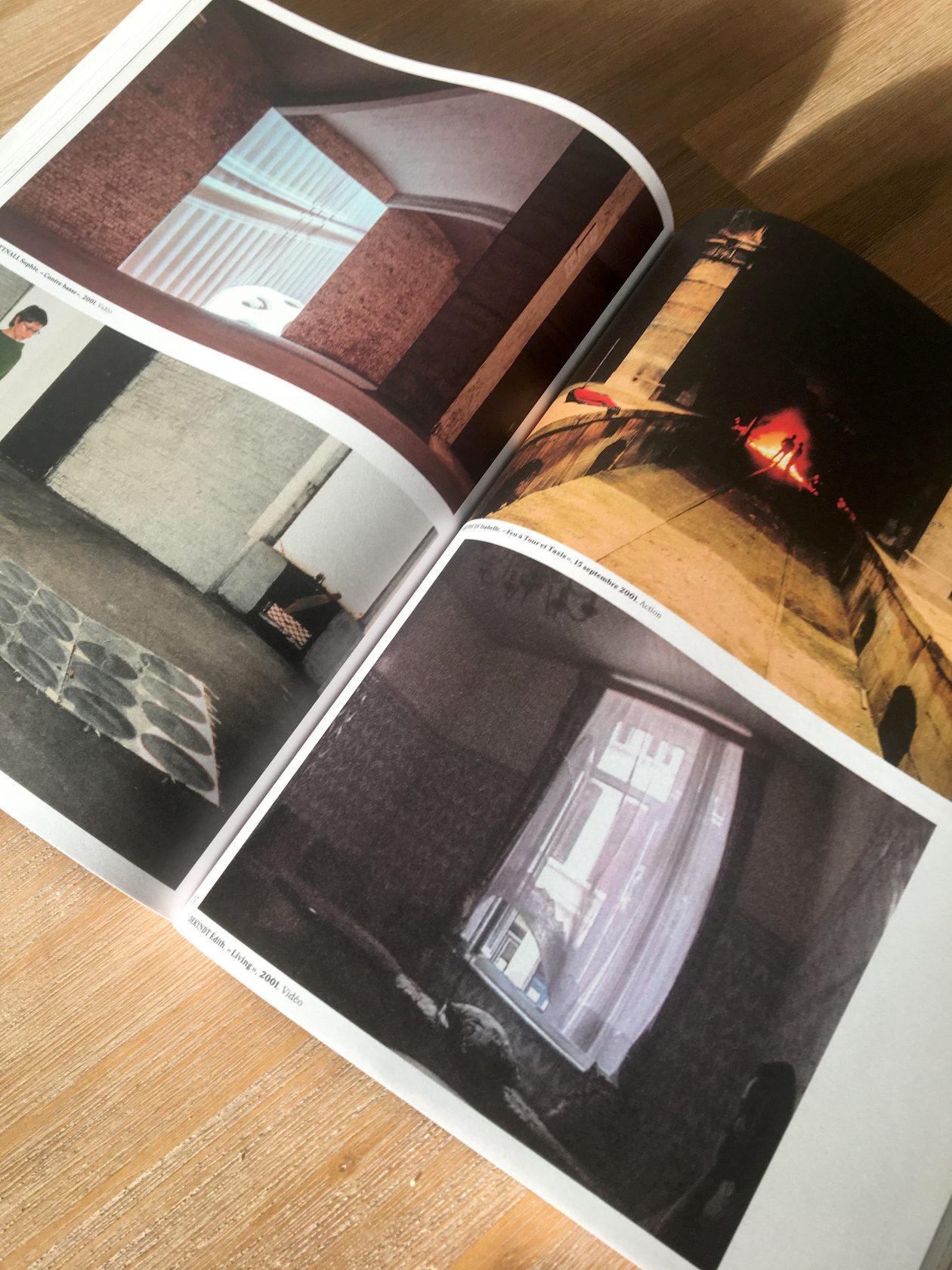
Within reach is Espace 251 Nord, a contemporary art center established since 1983 in the former administrative building of a coal mine. Laurent Jacob who has initiated the project with a group of artists has organized countless series of exhibitions including major Belgian and international artists. An exhaustive 576 pages catalogue was published in 2019. The publication E2N Archives Actives‘ En attendant l’année dernière’ (in the waiting of last year) presents part of their 187 past exhibitions and events. This includes the curation of the Belgian Pavilion at the Venice Biennale in 1999 exhibiting Michel Francois and Ann Veronica Janssens. It is definitely a landmark publication when it comes to the Belgian and Wallonian scene. Currently published in French, the English version should follow.
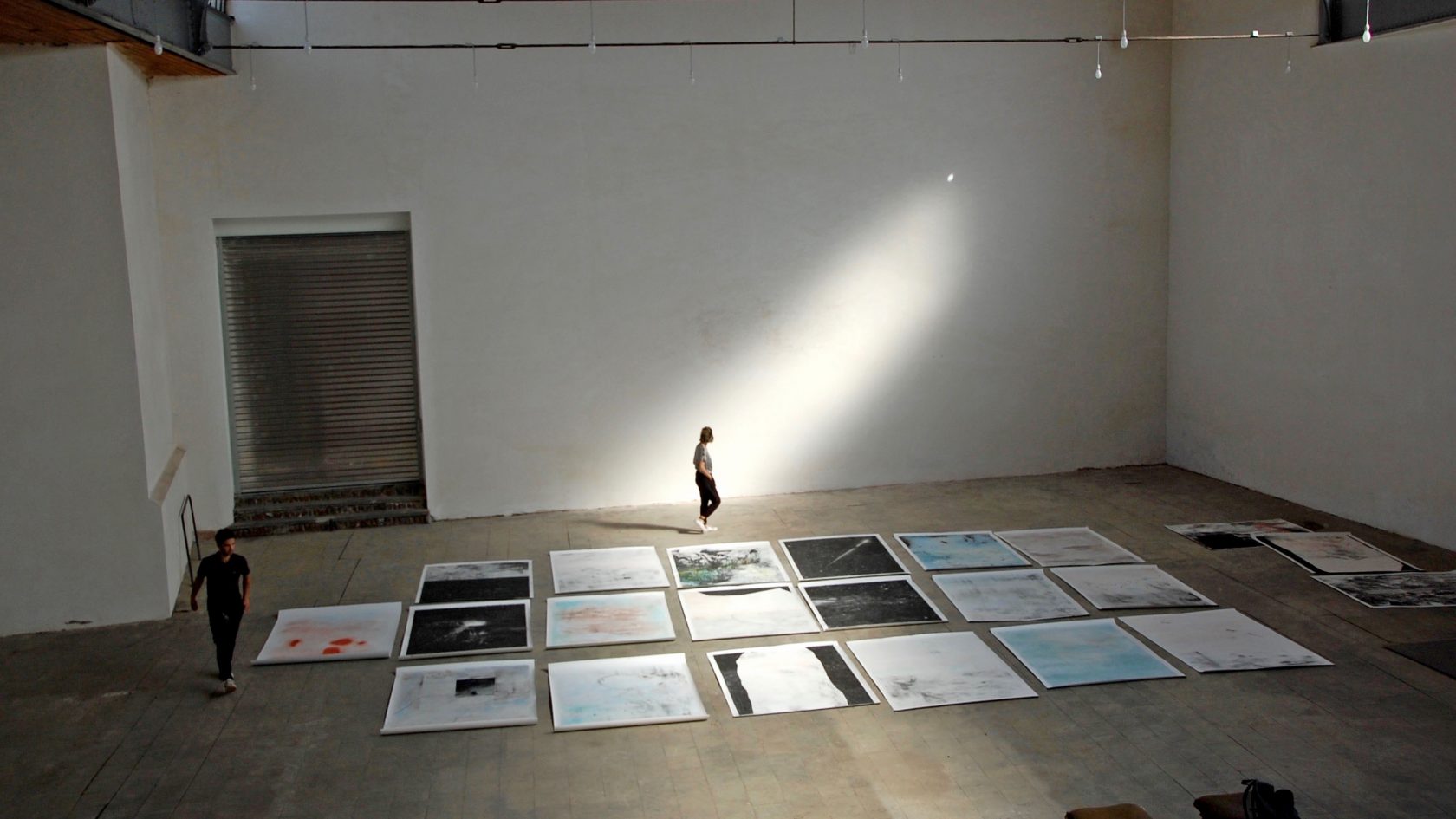
La Comète is another stimulating space,a stone-throw away from RAVI, curated by Espace 251 Nord. La Comète is established in a former early 20th century cinema which has been re-affected as a platform to support artists in their creative process allowing to experiment at a larger scale. Among others, artist Gabriel Kuri (who recently shown at WIELS in Brussels) elaborated an exhibition using the location as the city’s architectural and sculptural echo chamber. He worked with the remains of historical buildings placed within the exhibition space. Despite its size and amplitude La Comèteis well-hidden and barely visible from the street. Once inside, the beautiful high ceilings and wooden interiors impresses by its amplitude. A one of a kind! Large spaces such as Espace 251 Nord and La Comète are run by its founding members and helped by a small team of volunteers.
There is ablatant contrast between the respectable size of these locations and the modest budget and staff they are running with. According to artists I’ve met during my residency, there is little to no direct financial support in favor of artistic creation, at the exception of Art Prizes – where the winner takes all. Despite the interesting geographical location, near Maastricht or Cologne, Liège struggles to develop a strong international network of galleries. Yetthe current situation pushes young artists and curators such as Mikail Kocak or Pauline Salinas Segura to develop their freelance practices playing on multiple levels: exhibiting, curation, graphic design or writing. Artist Sofia Boubolis resumes well the situation, ‘the city is great to focus on my work, but makes it harder to promote’. Frequently argued uponis the highly politicized distribution of subsidies, in which politics have a direct influence on who receives financial help, which according to some benefits mostly to the same. On the other hand, the situation forces artists and curators to think with little means giving this unique underground mindset. My overall feeling of Liège’s art scene is a strong energy with bold statements through alternative formats.
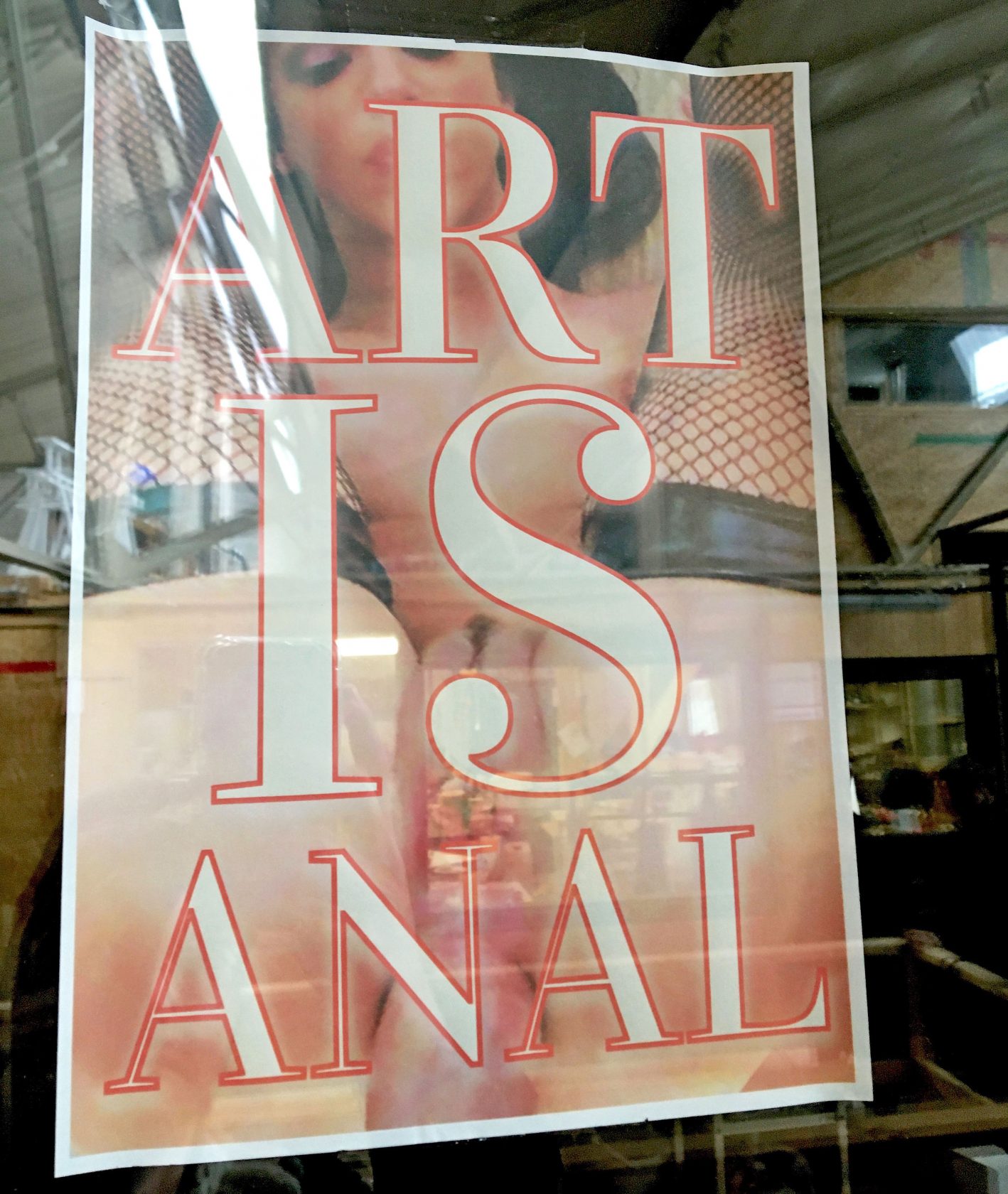

Les Ateliers Dony is another large studio complex a few minutes down the road, also in the working-class and animated district of Saint-Leonard. The building hosts over forty artists and craftsmen, a wood and metal workshop, a screen-printing studio, a shared van and even a great associative bakery! What makes Les Ateliers Dony so unique is its organization. They are established in the neighborhood since 2014 at the initiative of Le Comptoir des Ressources Creatives (CRC), a Wallonian structure that facilitates shared spaces to emerge. They function as a non-profit organization ‘by artists for artists’ managing the studio spaces. In addition to Liège, studio buildings and spaces for creatives have been established so far in Charleroi, Namur, Mons and Verviers.
The district isn’t limited to large spaces. L’Image Sans Nom (The Unnamed Image) is a unique, rather cozy, artist-run photography space. Photographer and art teacher Olivier Cornil runs a printing studio within the exhibition and workingspace: offering high quality prints, great advice and a large choice of paper. During opening hours L’Image Sans Nom gives free access to a large private library focusing on contemporary art and photography.
Once in a while they invite independent publishers and book shops, and host a week-end long book fair, worth the visit – for the combination of books and soup.
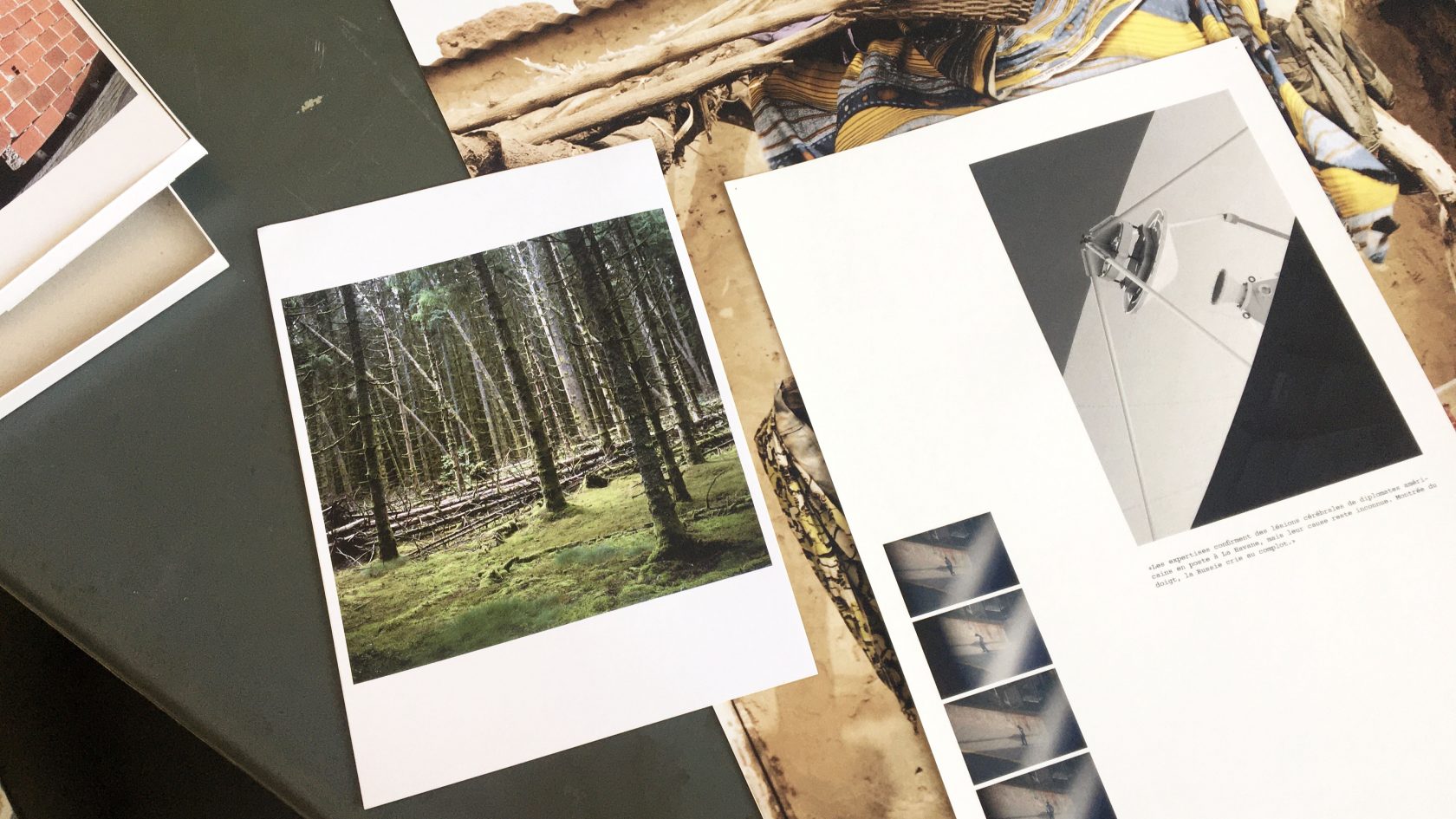
Liège remains an affordable place to live. Mainly due to its industrial past, spaces do remain reasonably available to collectives and artist studios. Rent-prices are overall decently affordable in comparison to main Dutch cities. A shared observation amongst the artists in residence at RAVI is that their seems to be little to no real-estate pressure. This verdict does shape in many ways the city’s cultural climate: little money with much space, attracting international artists and curators to use the city as a playground to develop their exhibition projects.
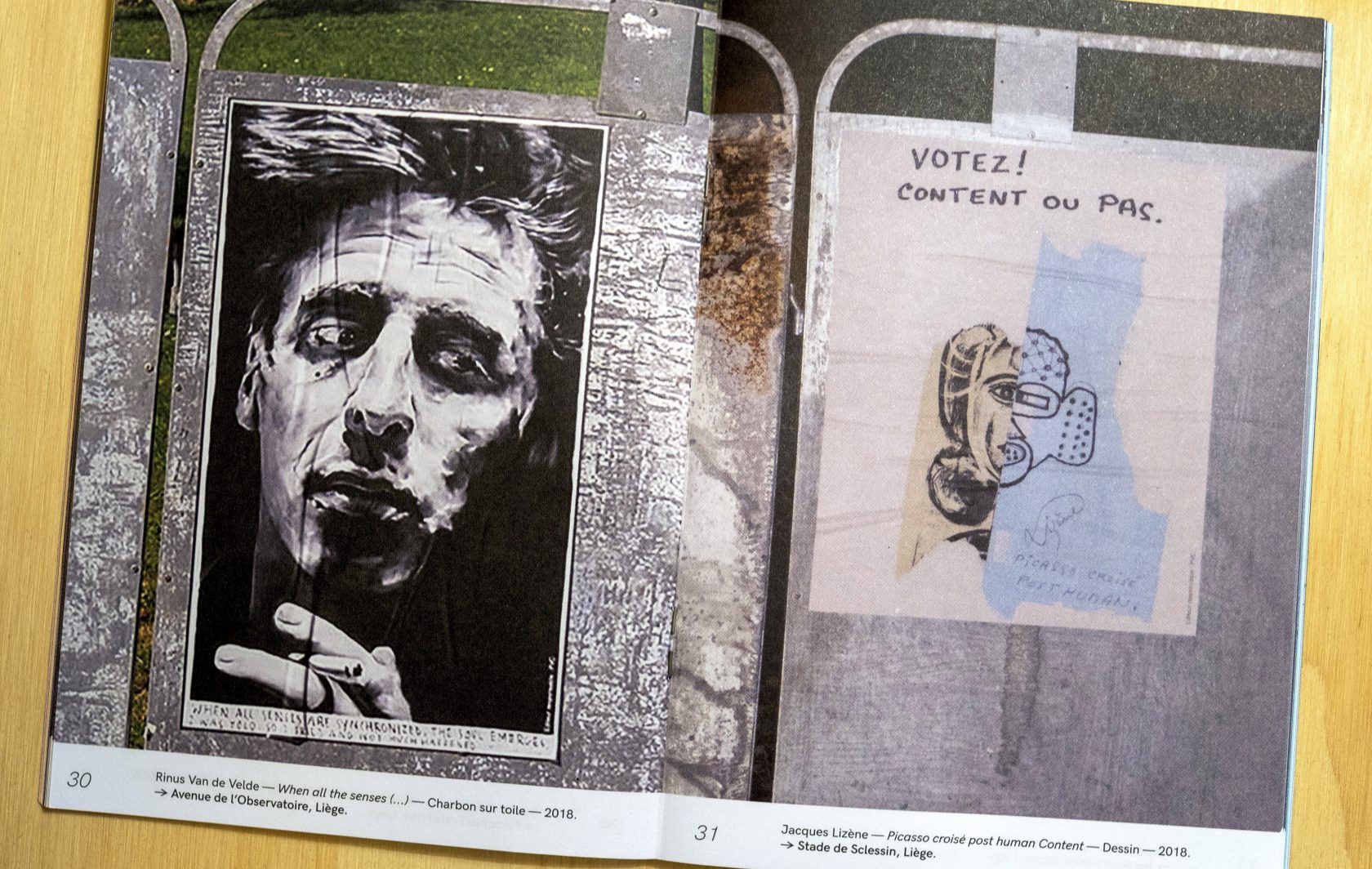
Art historian and curator Maxime Moinet is among the initiators of le Party Content (The Happy [Political] Party), a collaborative project intended to make use of the 2018 municipal elections panels to promote the arts to a broader audience. The Party Content legally made use of the 33 poster boards spread around town. They invited artists to create unique works to support the arts & culture’s visibility. A humorous Belgian approach to deplore the state of art in Liège. The initiative was elaborated in parallel of a series of parties and «one-night stand» exhibitions.
From the experiment, the intention grew into taking over a series of empty shops and vitrines in the center. This led to the project Art Au Centre whose second edition runs until the end of April. Over twenty artists are invited by a dozen of curators to make use of the large number of empty storefronts and vitrines in the historical center.
Participating curators include Marine Candova who runs the very active gallery Cdlt+ supporting artists at the very start of their careers, Philippe Braem and Pierre-Olivier Rollin (director of BPS22 in Charleroi). Again, the leading idea is to give artists visibility in the absence of a museum dedicated to contemporary art. Both editions were a blast! The large crowd enthusiastically took part in the guided tour of the different vitrines, in a procession-like wandering across town – led by the voice of a loud speaker. As often ending up in a great party – for partying Liège has a promising reputation! It is no coincidence if the Jupiler brewery is located nearby the city, along the Meuse.
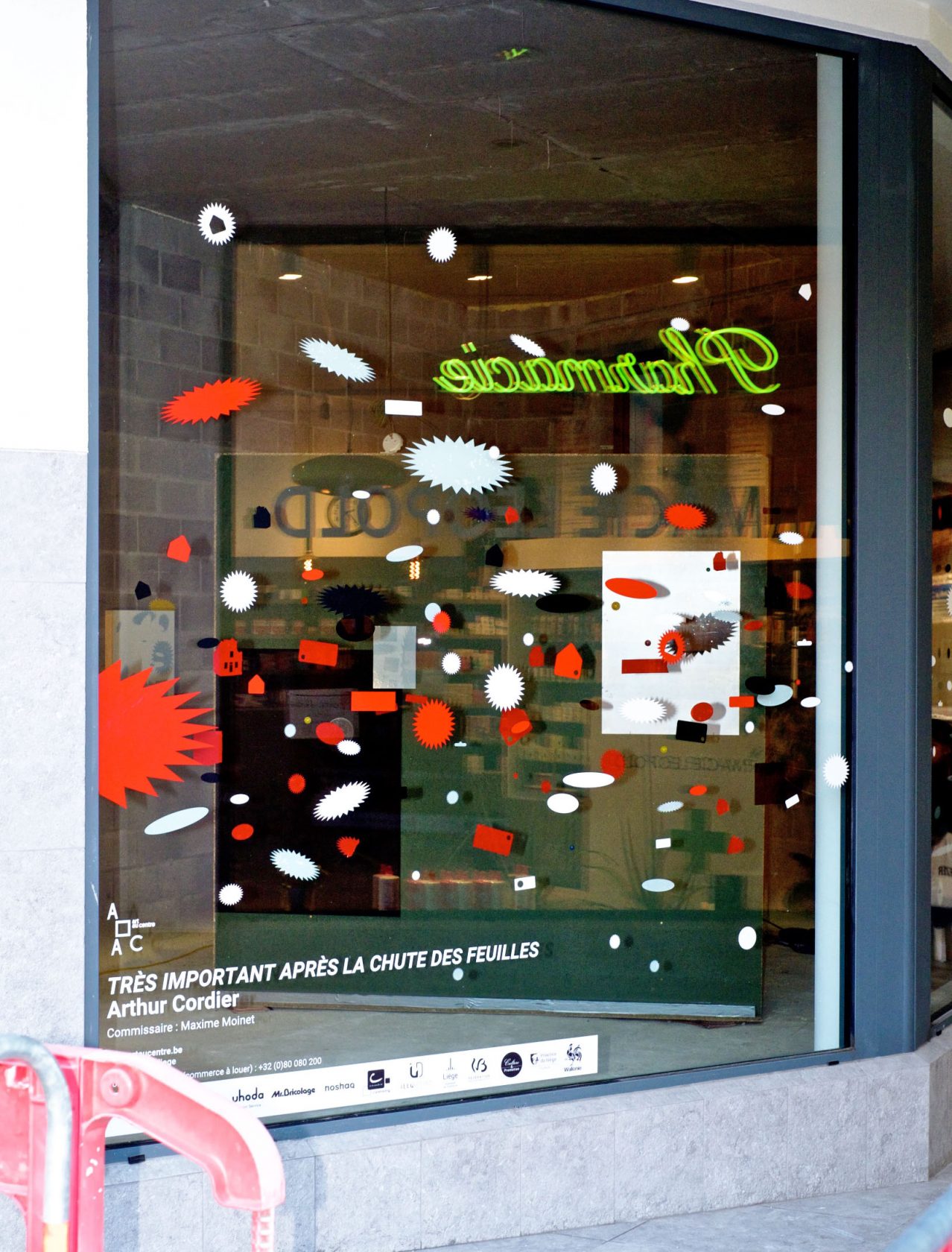
Most popular places to share live music and freshly brewed beverages are the Pot au lait and the Kultura, located in the narrow street of the pittoresque 17th century old town. The Petit Bougnat is another typical brasserie for enjoying local and Trappist beers.
On June 4th will open the third edition of Art Au Centre, with The Hague based collective The Balcony participating to the curation, exhibiting new works by artist Michael Mönnich.
Beginning start of June also is the Triennale d’Art Public (Public Art Triennale), exhibiting works within public space and the collection of the Sart-Tilman open air Museum.
Later this year – mid-autumn – the Biennale of the Possible Image, a photography and image-based biennale will open its doors.
Exhibitions and events to look forward to, contributing to place the city on the international scene.To be continued…
Despite the lack of a museum dedicated to contemporary art and little institutional support, Liège nurtures a vivid and proactive underground scene, deserving a better international visibility. What can be considered a weakness really makes it strong. The local scene is totally immersive and away of institutional pressure, an atmosphere which cannot be found in larger international cities.
Thanks to a rich industrial and architectural backbone the art scene organizes itself around the large and impressive buildings the city has to offer. For those who take the time to discover it, Liège has a very strong, open and cheerfulscene eager to explore new formats. The belgian town radiates a welcoming warmth that is felt even while wandering.